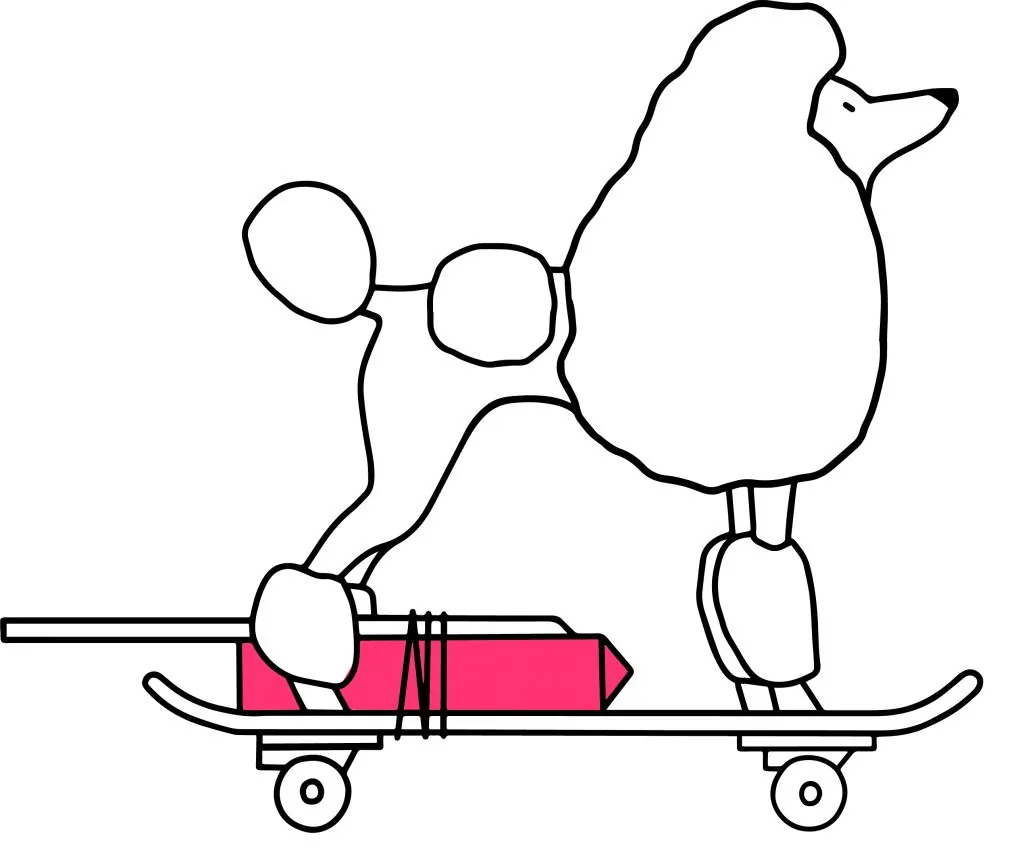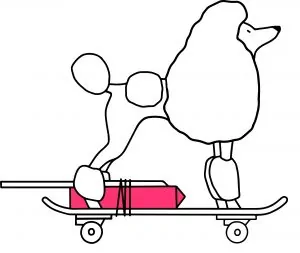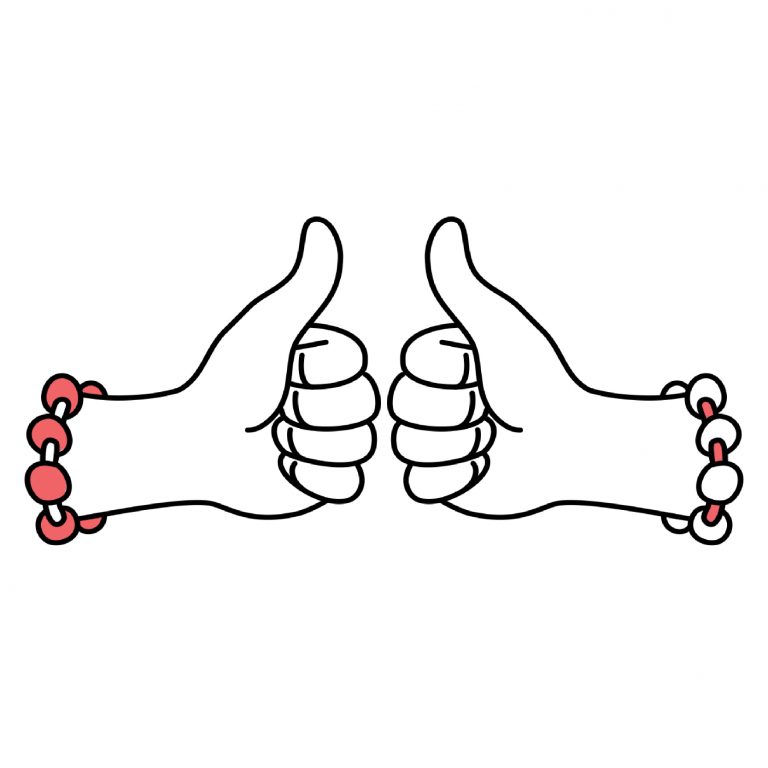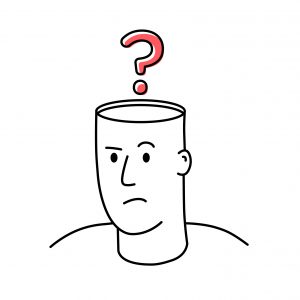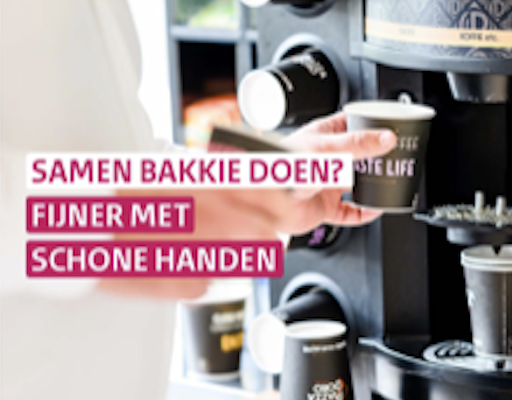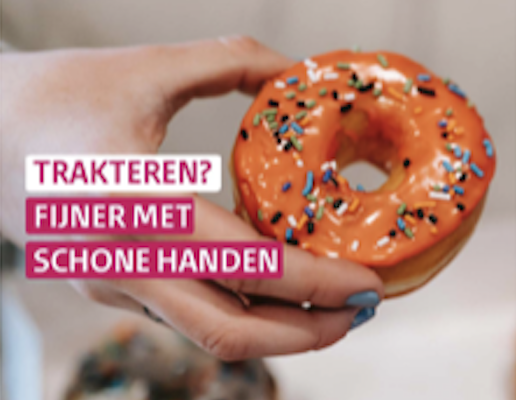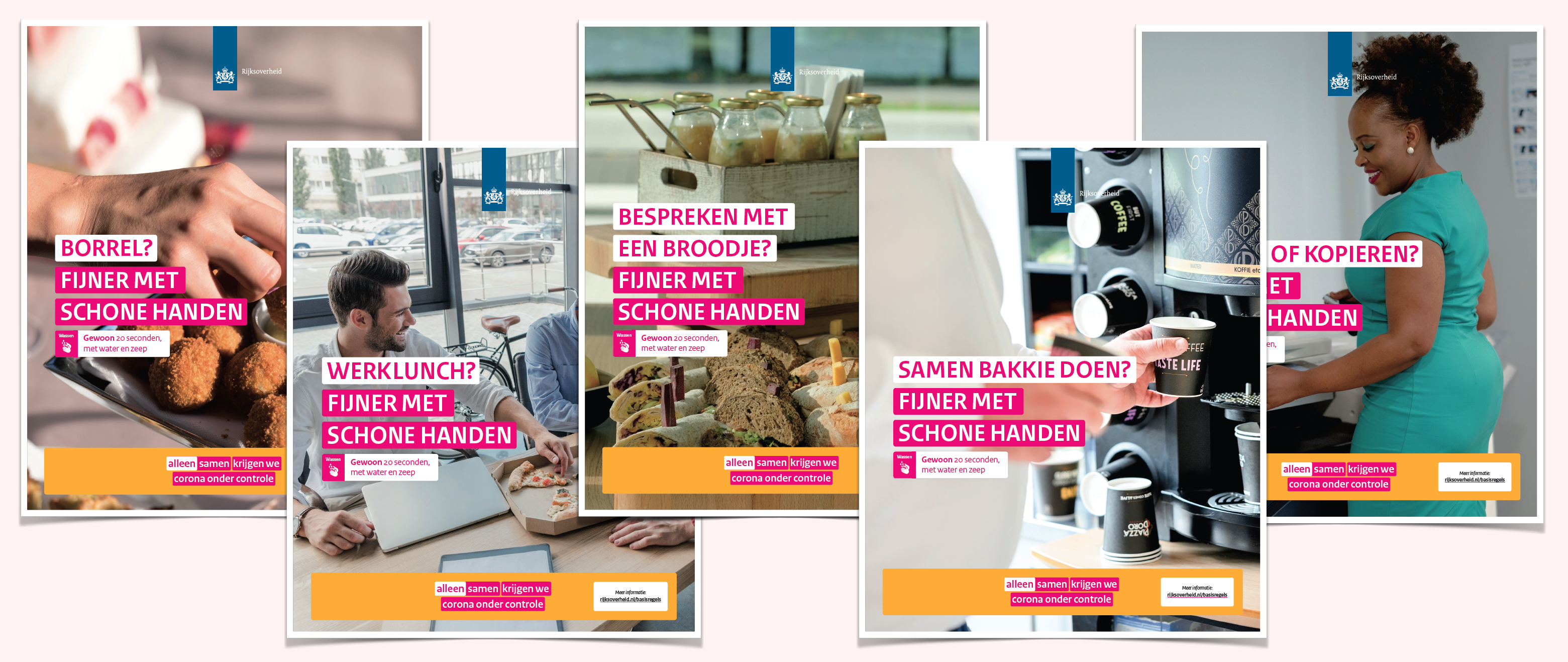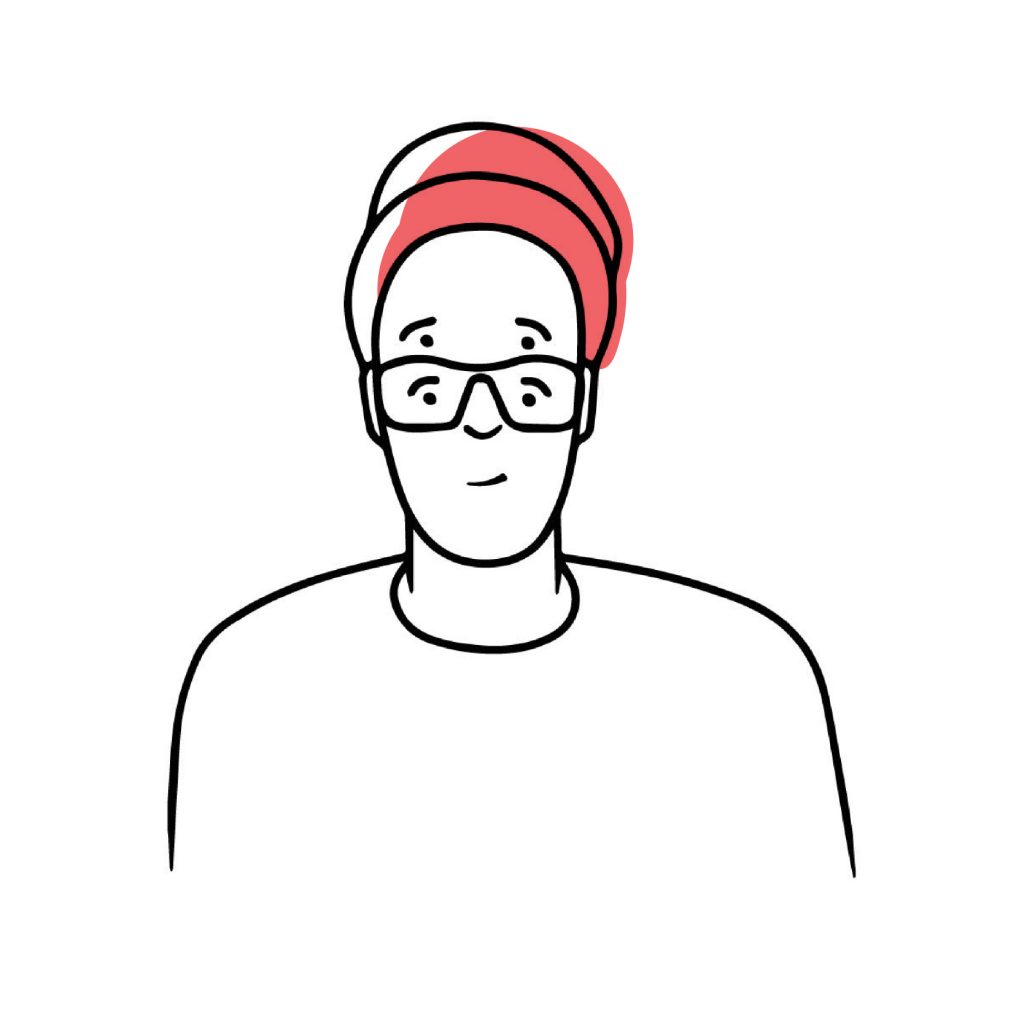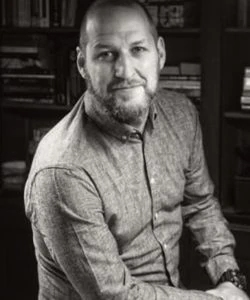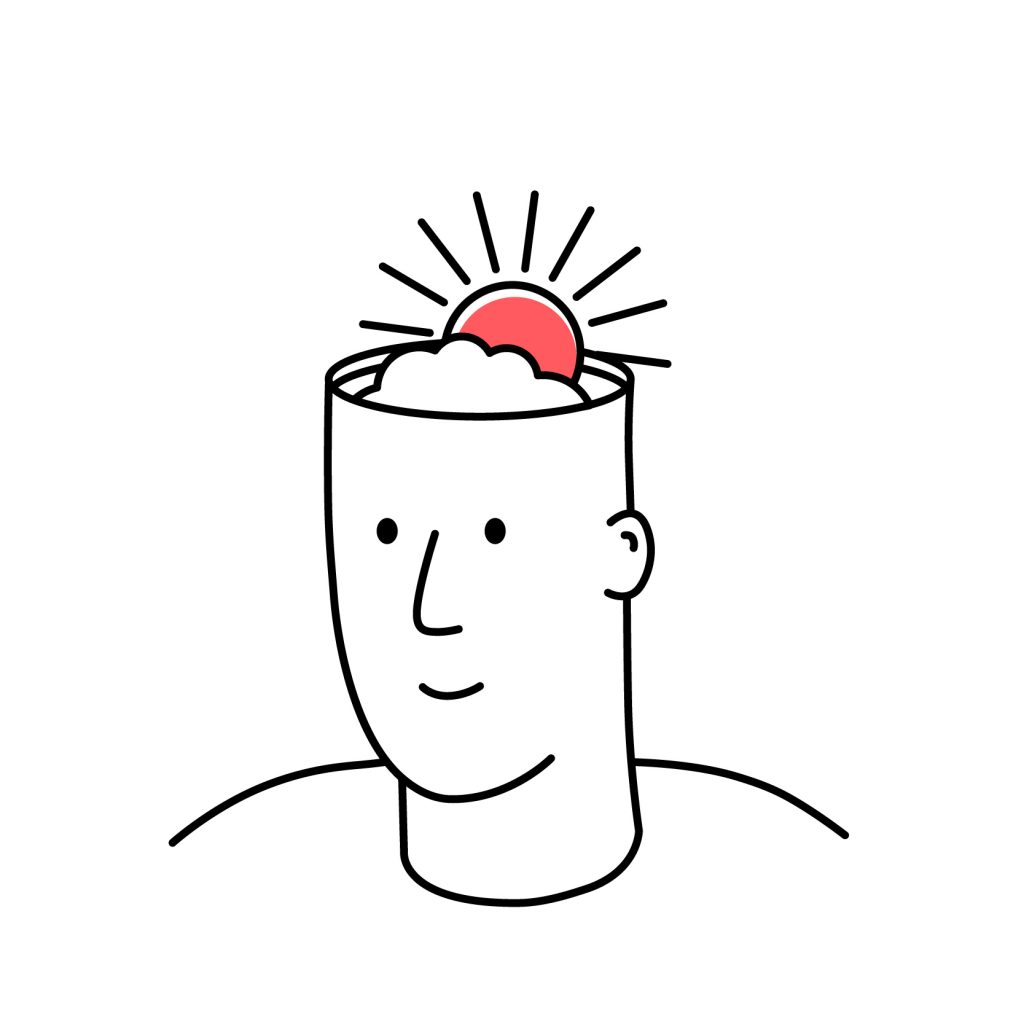

A gambler’s addiction to hope
There’s a brilliant line by the comedian Norm Macdonald. He talked about the gambling addiction he had suffered from all his life. His psychiatrist told him he was gambling to escape life. But he argued that this is a lame explanation. Because everything is an escape from life. He also declined that he was addicted to winning. Most of the time, gambling is incredibly frustrating. What he really was addicted to was hope:
“As long as the red dice are in the air, the gambler has hope. And hope is a wonderful thing to be addicted to”.
The Chief Marketing Officer responsible for Dove allegedly once said that he’s not in the business of selling soap, but selling hope. Hope that people recognize real beauty beyond the superficial idea of beauty that is promoted in ads and women’s magazines.
 Hope is a powerful tool in elections
Hope is a powerful tool in elections
Donald Trump was a brilliant merchant of hope. Trump is a great salesman. He perfectly understood that there was a gigantic untapped reservoir of frustration and humiliation in rural America. Trump sold hope to these people. He promised them revenge, respect, jobs and excitement. He sold them the hope that someone would finally look after them again.
The poor person who buys a lottery ticket buys the hope for a simple shortcut to escape the grim prospect of becoming wealthy through hard work.
Are you hoping for new business interventions that work?
In our Behavioural Ideation Sprint we search for new interventions to create behavioural change. With our method, you don't have to rely on hope because you use real insights to tackle the desired behaviour in the right way.
 Companies are selling hope
Companies are selling hope
Every time someone buys a subscription to the gym, they’re buying hope. They hope for more self-confidence, more sexual admiration, or more success. And they buy into the hope that they’ll build a workout habit and stick to it this time.
Every boardroom that hires a top-level consultancy is buying hope. They hope McKinsey can solve their problems and get them unstuck. They hope that the external forces might persuade them to get stakeholders finally aligned and that success will follow. They also buy into the hope that their peers will look at them as intelligent, responsible leaders for bringing in the best of the best.
In conclusion
Every company is selling hope or a dream. And of all the things we’re selling, hope might actually be the strongest emotion – the thing we are addicted to.
PS: Want to learn more about the power of behavioural science to create better products, services and policies? Join our two-day certification course Behavioural Design Fundamentals, or contact us for an in-company training.
How do you do. Our name is SUE.
Do you want to learn more?
Suppose you want to learn more about how influence works. In that case, you might want to consider joining our Behavioural Design Academy, our officially accredited educational institution that already trained 2500+ people from 45+ countries in applied Behavioural Design. Or book an in-company training or one-day workshop for your team. In our top-notch training, we teach the Behavioural Design Method© and the Influence Framework©. Two powerful tools to make behavioural change happen in practice.
You can also hire SUE to help you to bring an innovative perspective on your product, service, policy or marketing. In a Behavioural Design Sprint, we help you shape choice and desired behaviours using a mix of behavioural psychology and creativity.
You can download the Behavioural Design Fundamentals Course brochure, contact us here or subscribe to our Behavioural Design Digest. This is our weekly newsletter in which we deconstruct how influence works in work, life and society.
Or maybe, you’re just curious about SUE | Behavioural Design. Here’s where you can read our backstory.
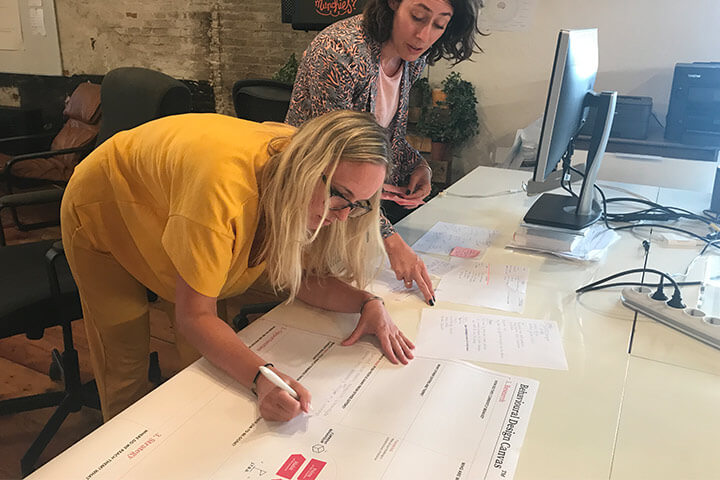


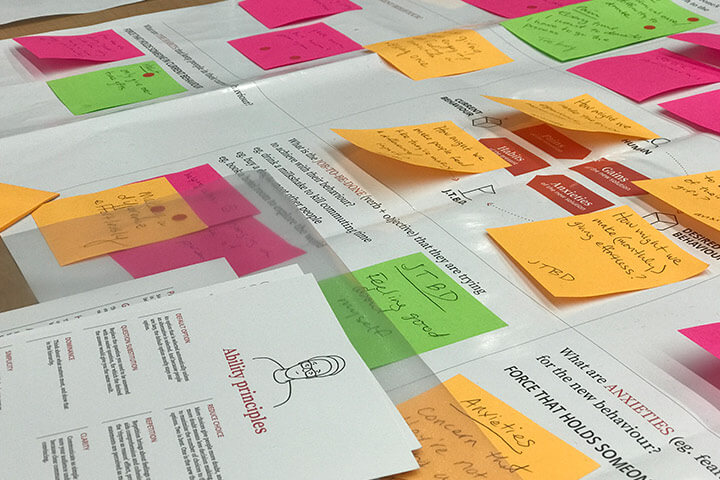
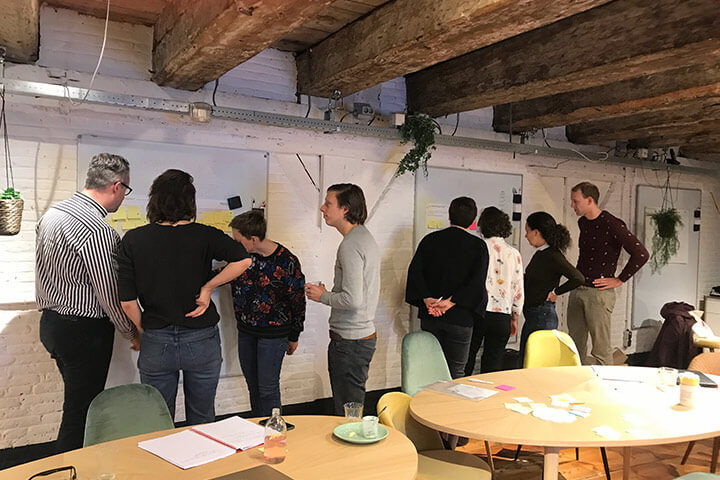
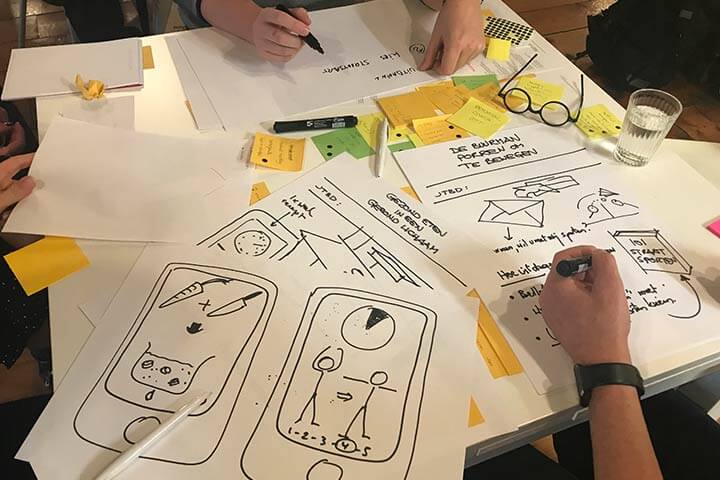

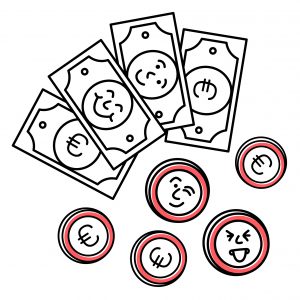
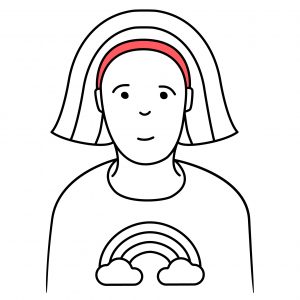 Hope is a powerful tool in elections
Hope is a powerful tool in elections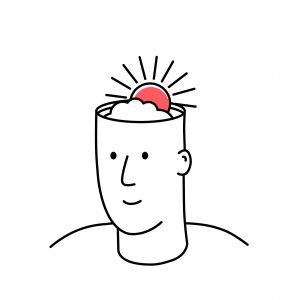 Companies are selling hope
Companies are selling hope
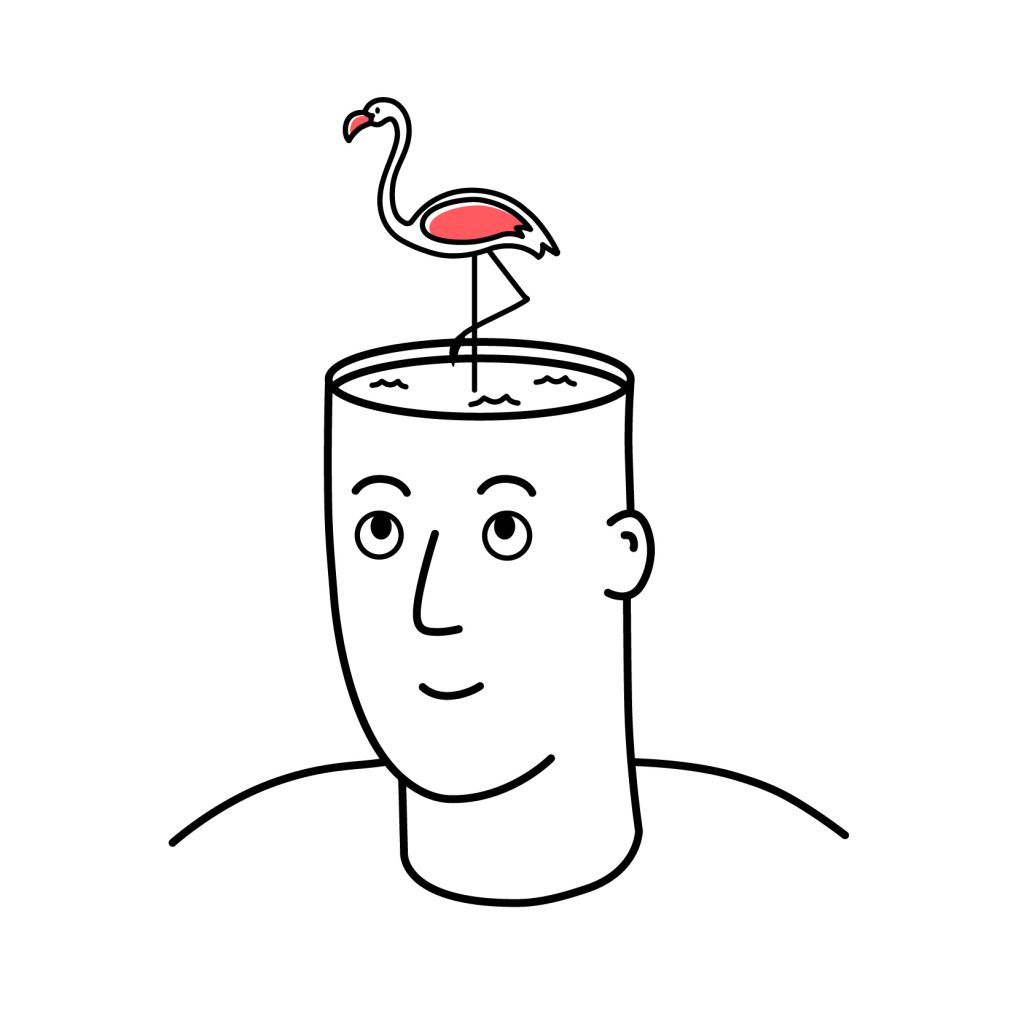

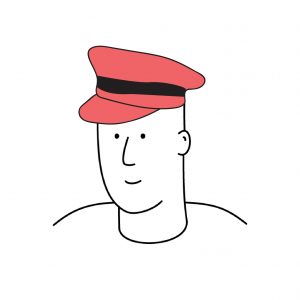

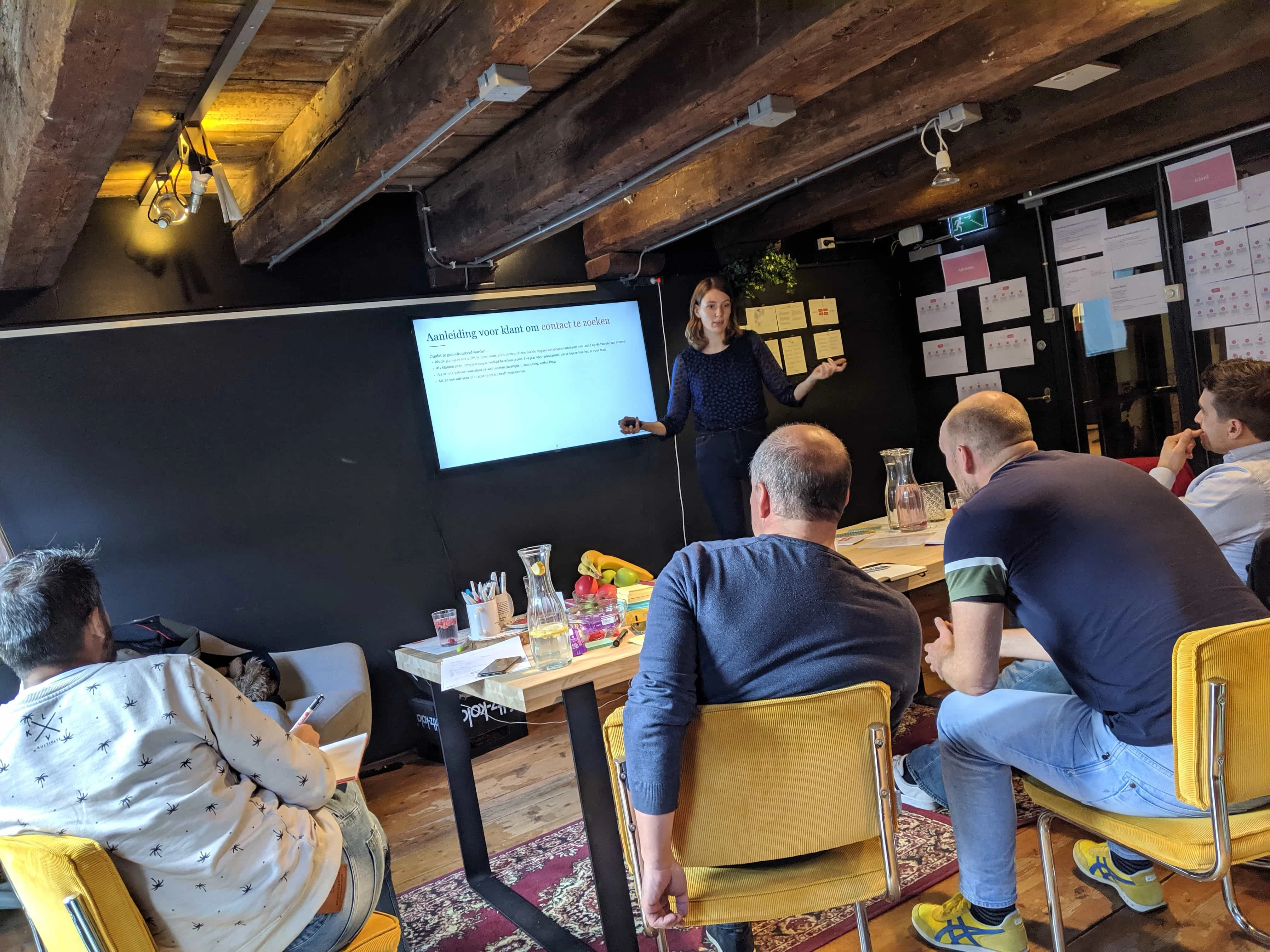
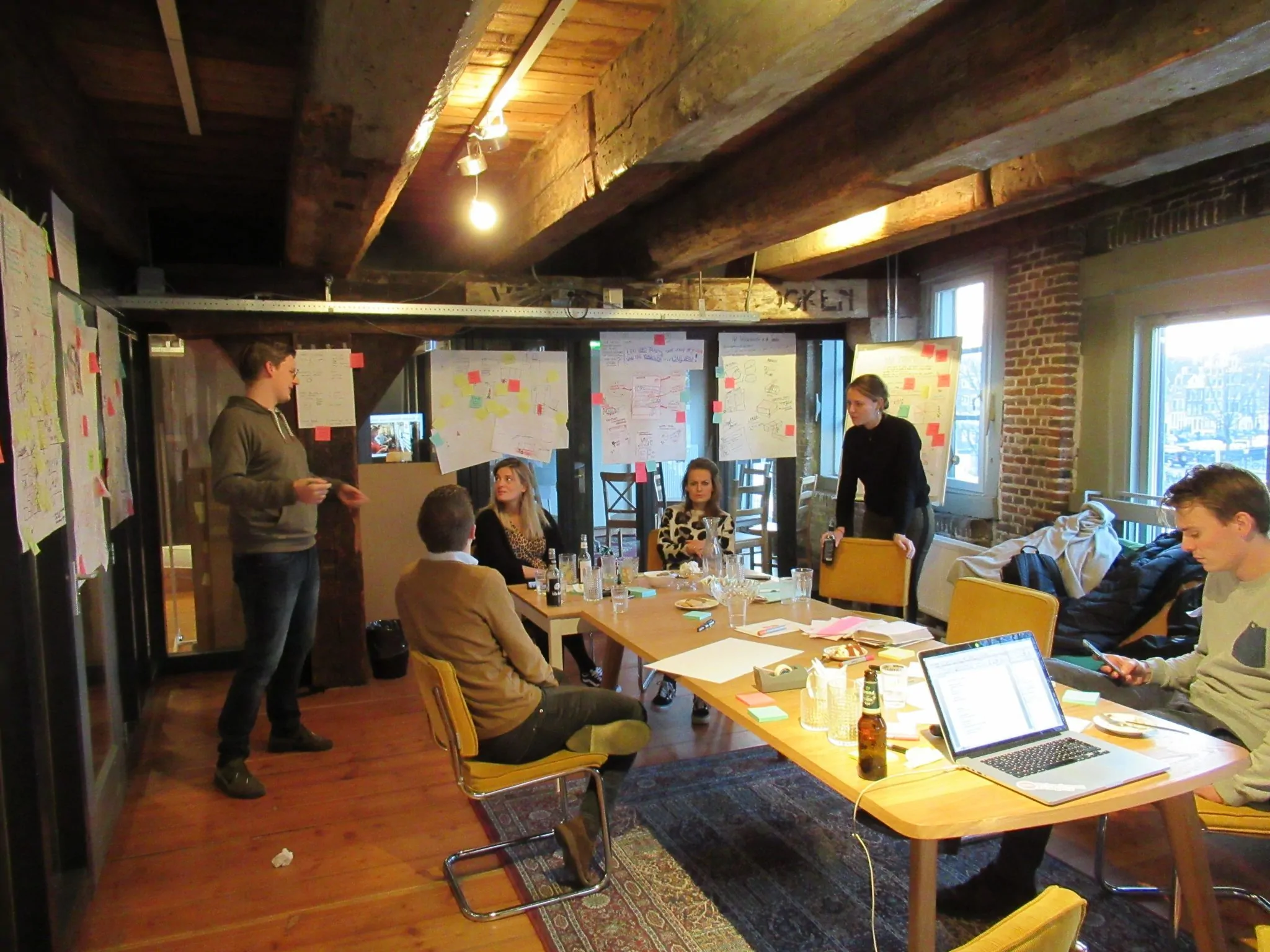
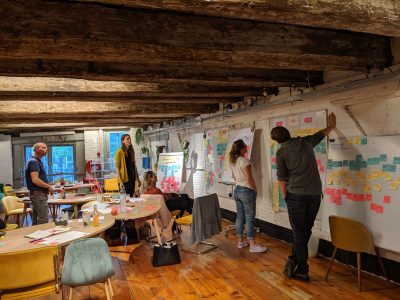
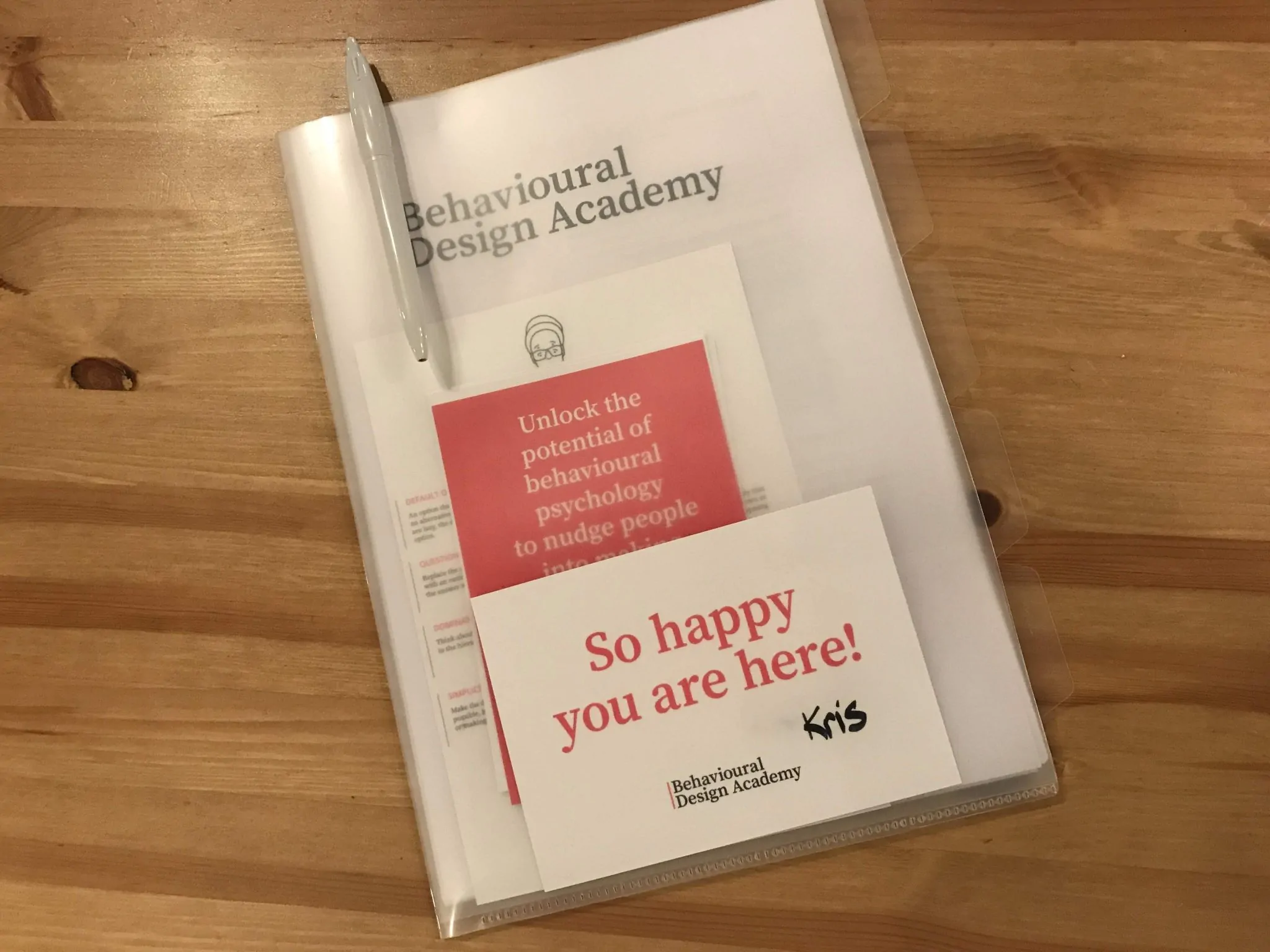
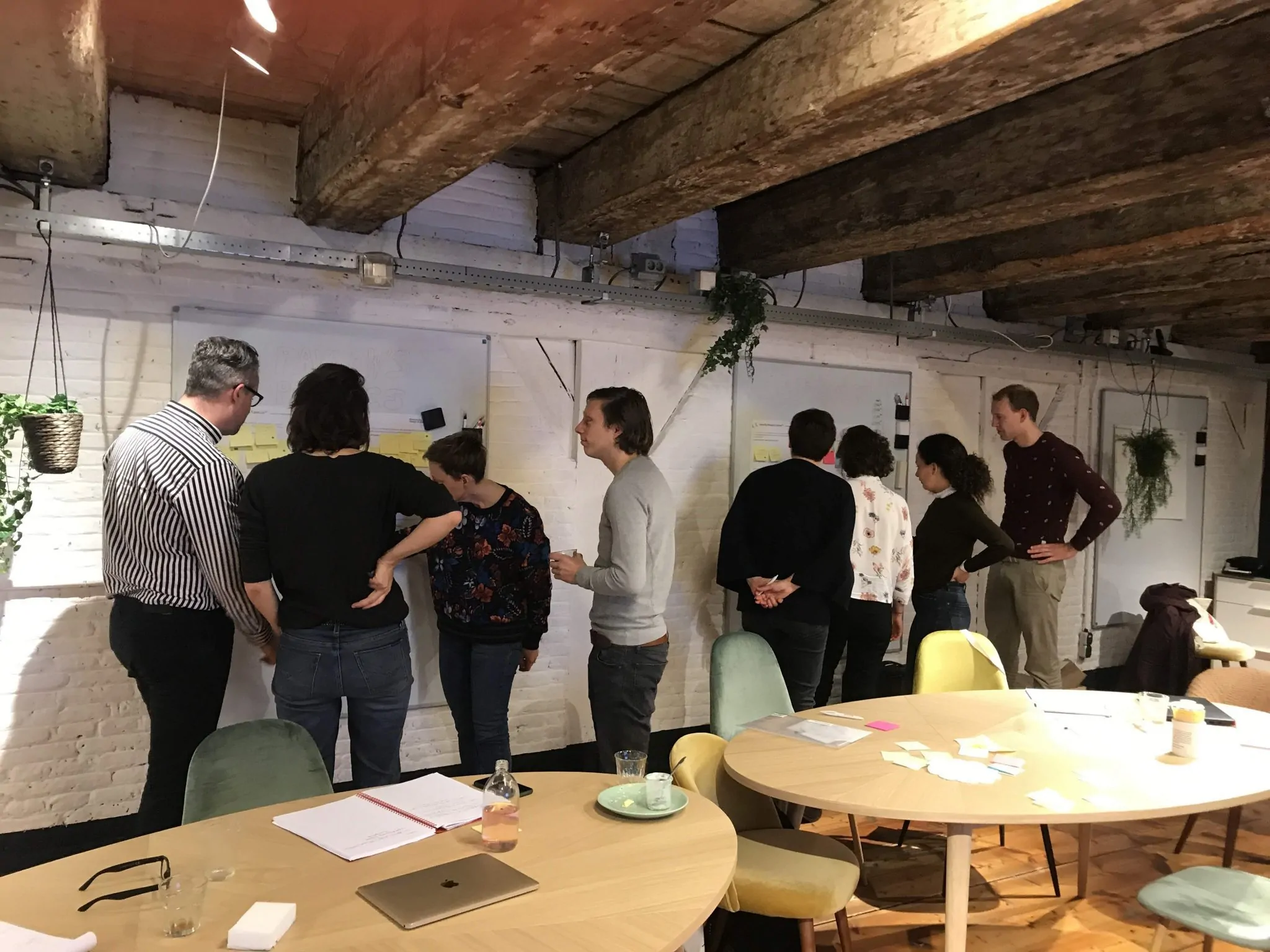
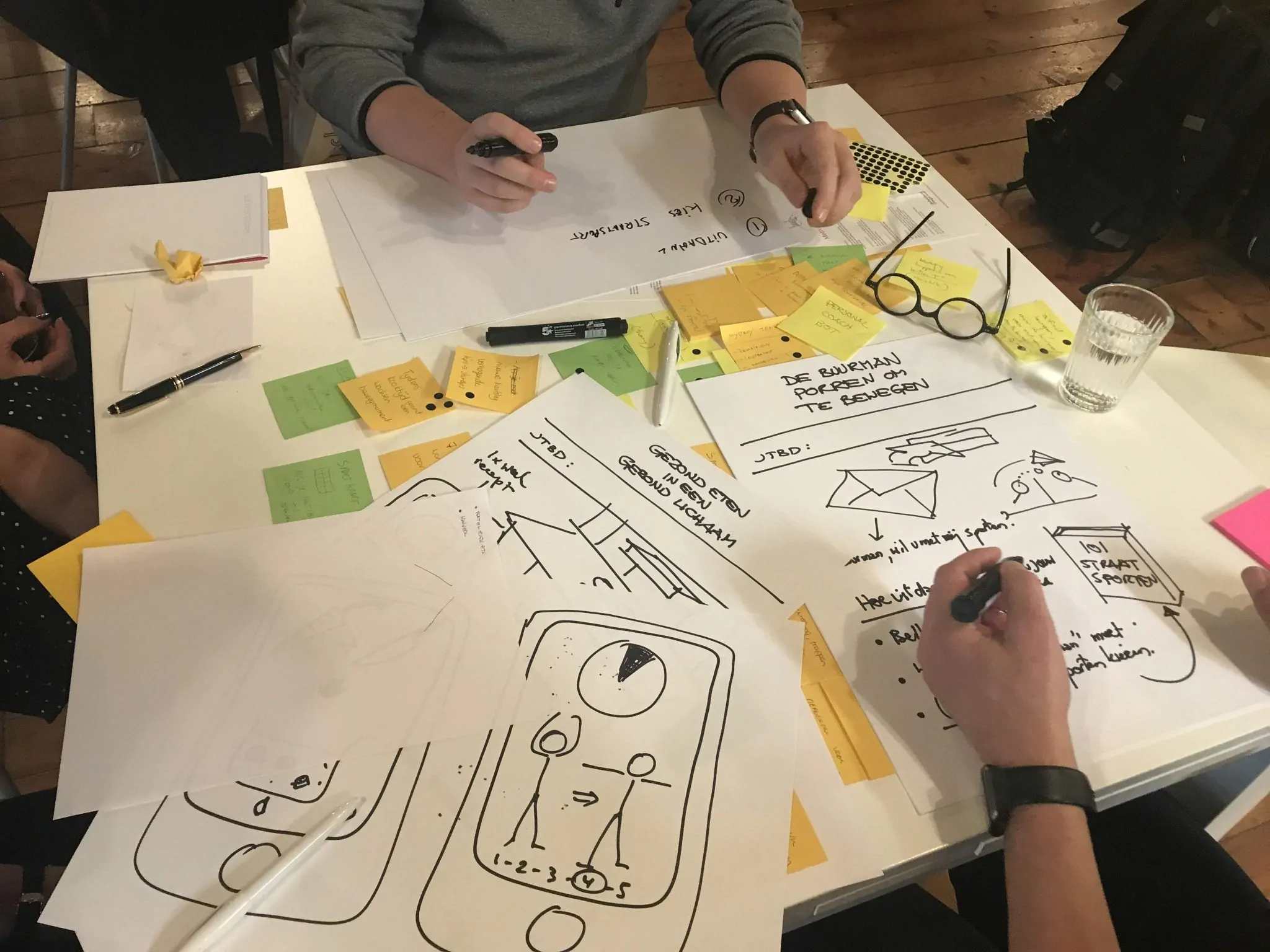
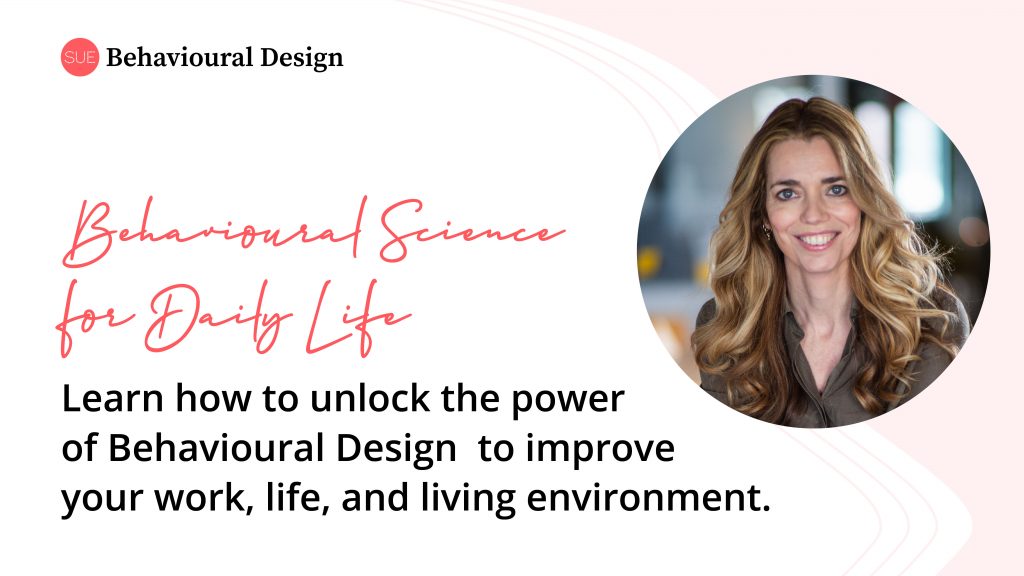



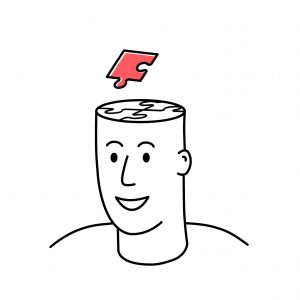
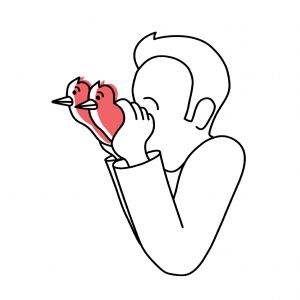 Challenge 1: Redesign Policy-Making and policy implementation.
Challenge 1: Redesign Policy-Making and policy implementation.

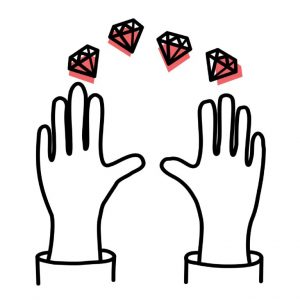
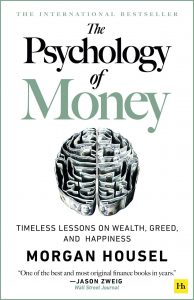

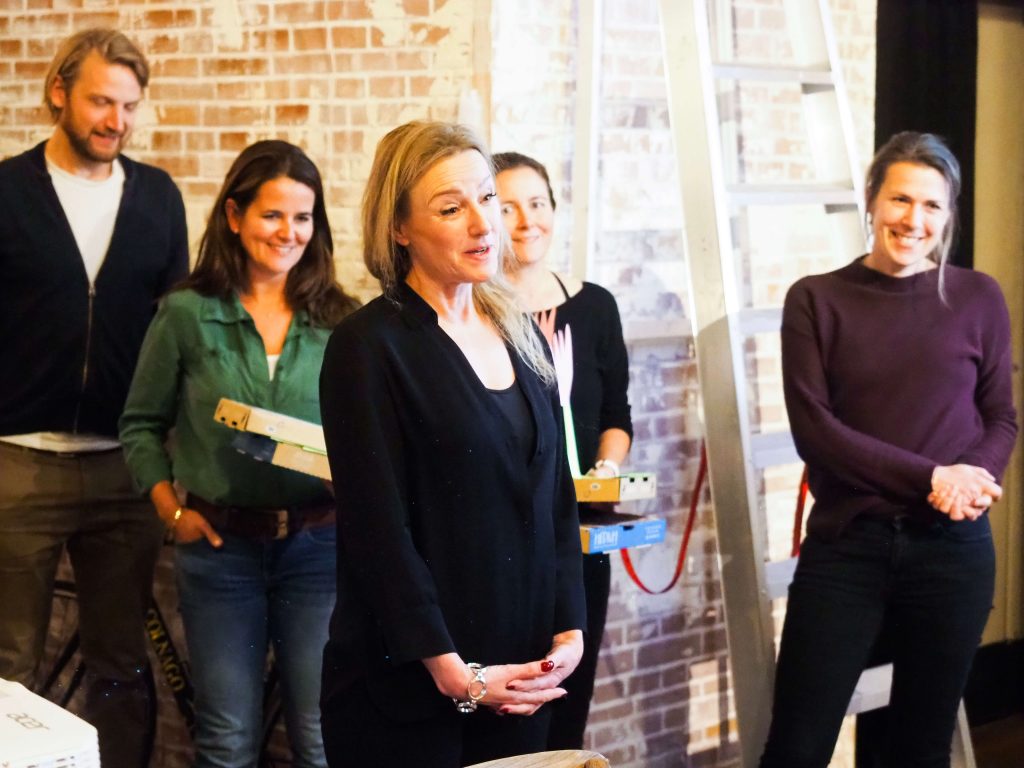
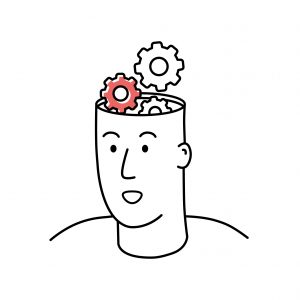


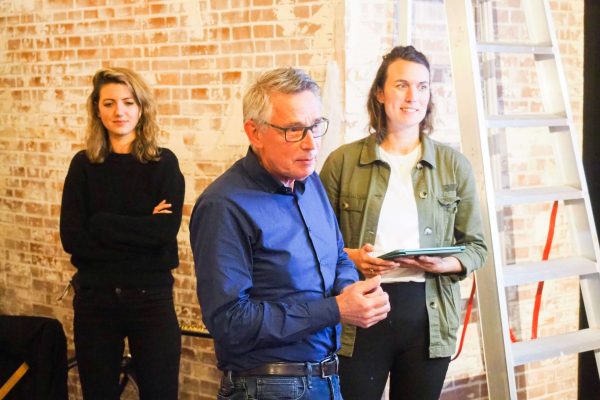
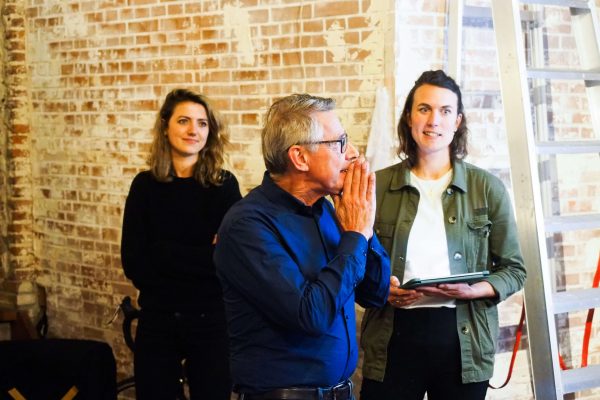
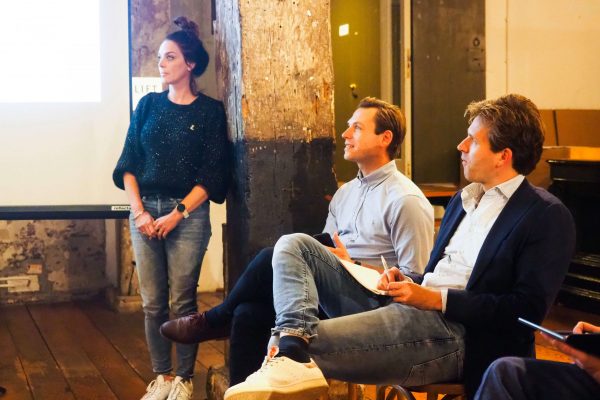
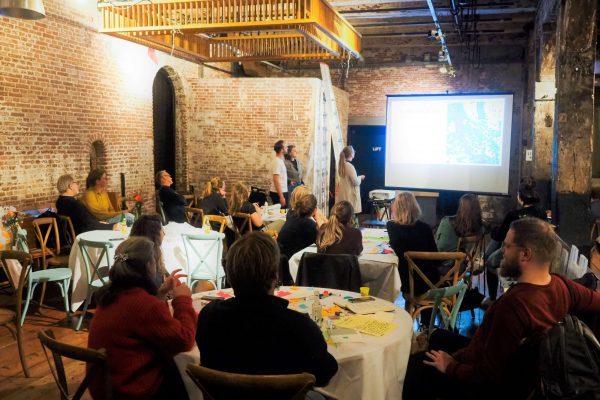
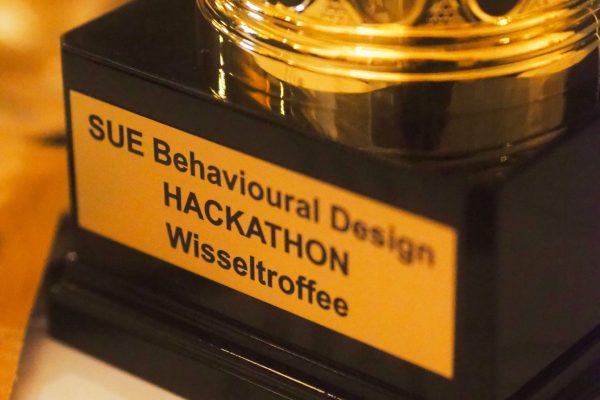
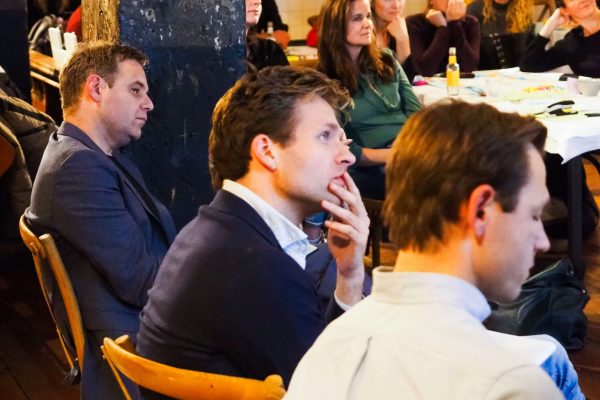
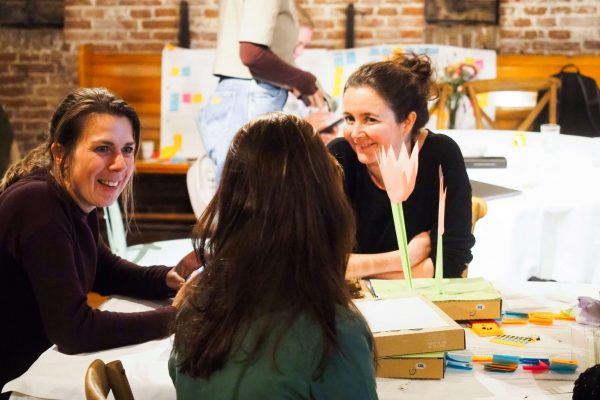
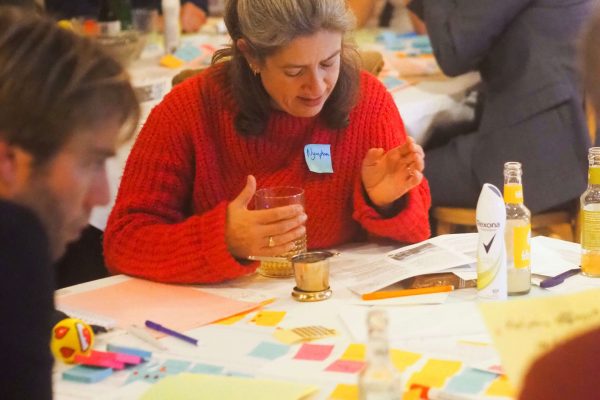
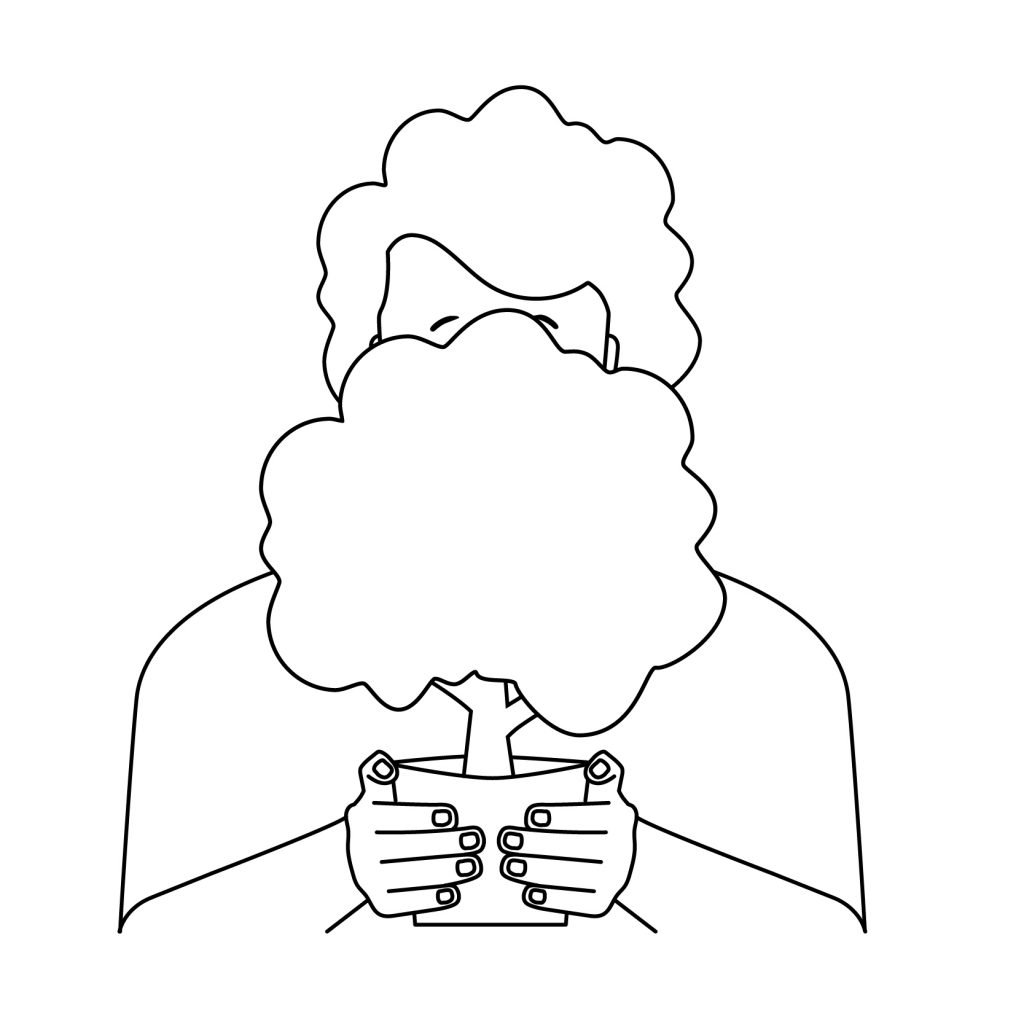
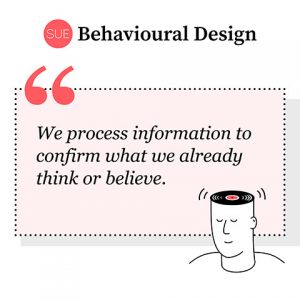
 Case study: How to get people to separate their organic waste
Case study: How to get people to separate their organic waste